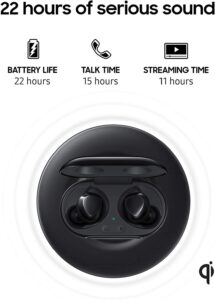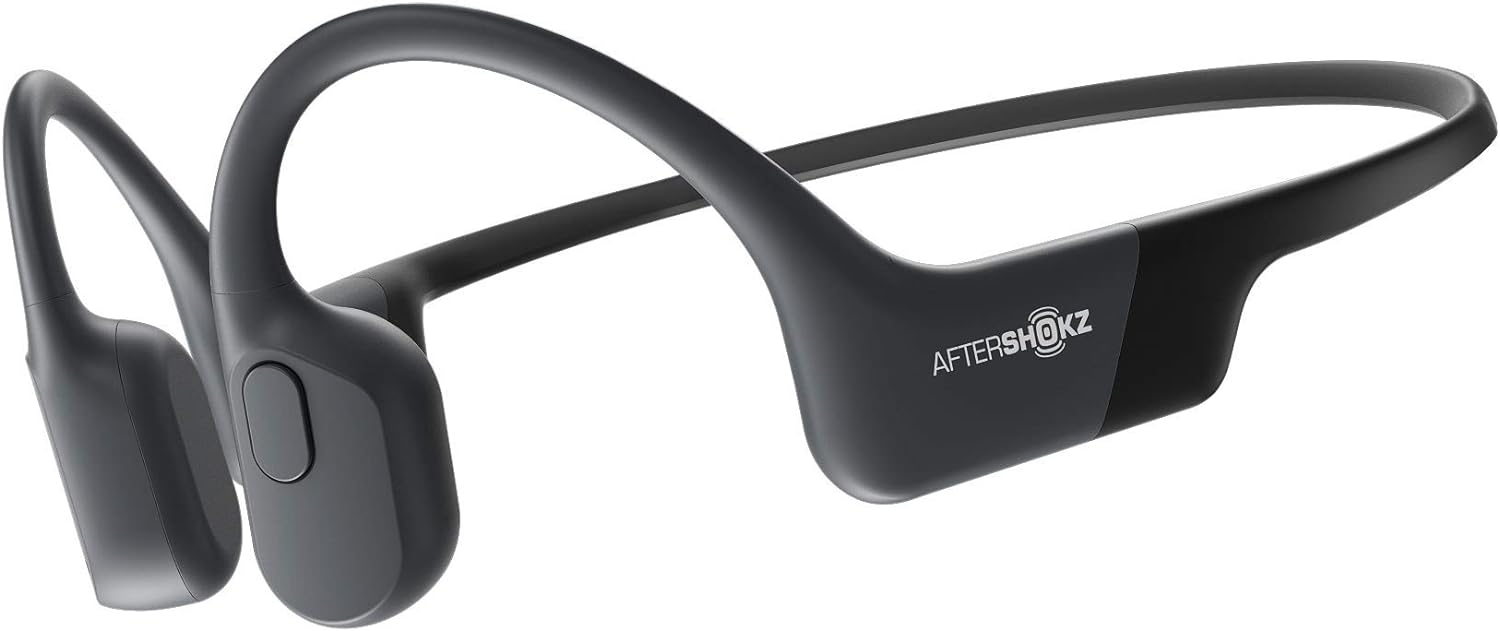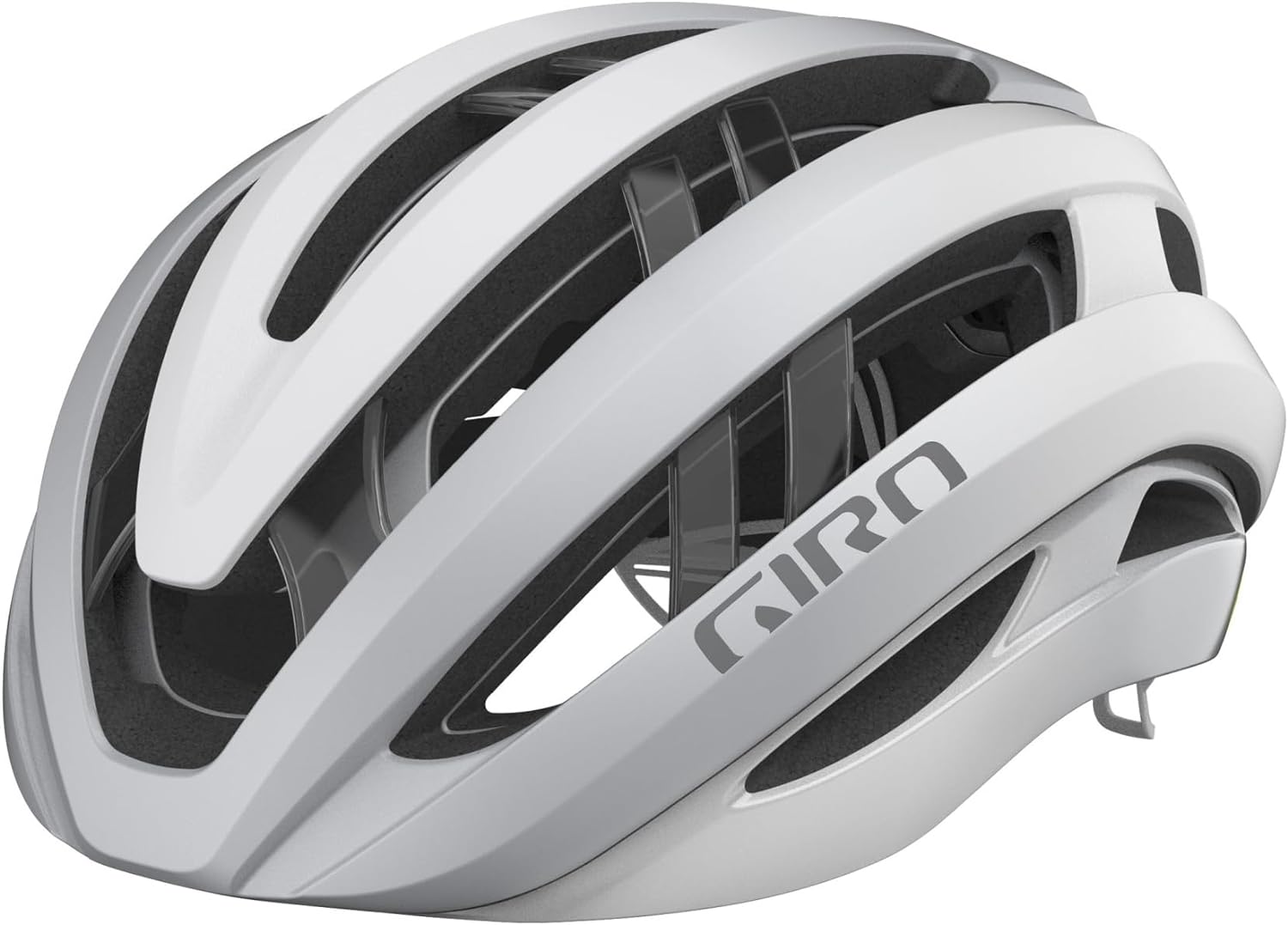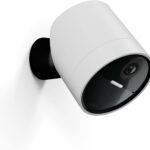Hitting the road this year? Here are the best 5 helmets for cyclists in 2024. A good bike helmet is essential for any cyclist, whether you’re a seasoned pro or a casual weekend rider. But with so many options on the market, choosing the right one can be overwhelming.
Breaking down the best bike helmets of 2024 to fit your needs and budget.
Top Priorities: Safety First!
Look for helmets that meet safety certifications from your region, like the CPSC in the US or CE in Europe. MIPS (Multi-Directional Impact Protection System) is a popular feature that adds an extra layer of protection by allowing a slight rotational movement on impact, potentially reducing rotational forces to the brain.
Helmet Types:
- Road Helmets: Prioritize lightweight construction and good ventilation for long rides.
- Mountain Bike Helmets: Designed for rougher terrain, these helmets offer more coverage and a sturdier build.
- Commuter Helmets: Often blend road and mountain bike features, with a focus on comfort and visibility.
Top Contenders :
1. Giro Aries Spherical (Best Overall Road Helmet)
The Giro Aries Spherical has taken the cycling world by storm, topping safety ratings and receiving rave reviews for its comfort and ventilation. But is it the right helmet for you? Let’s delve into the pros and cons of this high-tech lid.
Pros:
- Safety First: The Aries boasts a top safety rating from Virginia Tech, a leading helmet testing organization. It also incorporates MIPS technology, a rotational impact protection system for added safety.
- Cool Comfort: This helmet shines in the heat. With a focus on ventilation, the Aries uses a network of vents and a minimalist design to keep your head cool on long rides.
- Lightweight Luxury: At just 265 grams (claimed weight for medium size), the Aries is barely there. You’ll forget you’re wearing a helmet until you need it most.
- Sweat Management: Giro’s DryCore brow pad absorbs sweat and features a silicone insert to prevent it from dripping into your eyes. No more stinging sweat on hot climbs!
- Sleek Design: The Aries has a modern, streamlined look that complements any road bike.
- Integrated Rear Light Mount: (Optional) A unique feature allows for a seamlessly integrated rear light, boosting your visibility on the road.
Cons:
- Pricey: The Aries sits at the top end of the price spectrum for bike helmets.
- Noise Factor: Some riders report the Aries being slightly noisier than other helmets due to its ventilation design.
- Fit for Some: The shape of the Aries might not suit all head shapes. Trying one on before you buy is crucial.
- Not Super Aero: While comfortable and ventilated, the Aries might not be the most aerodynamic option for serious racers.
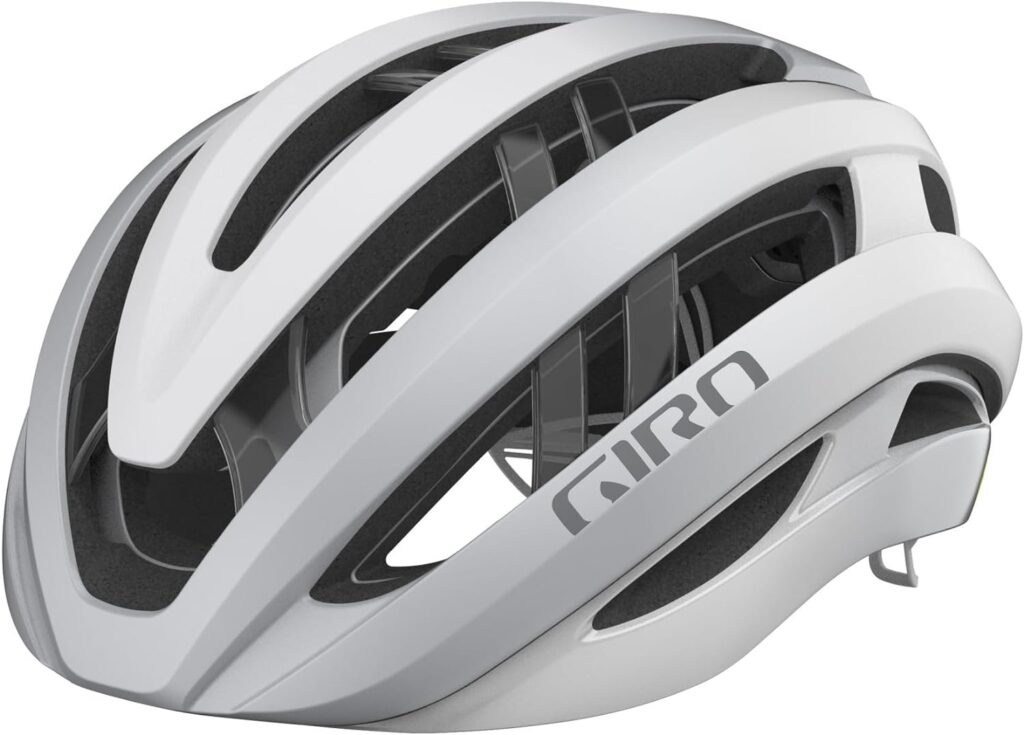
2.Lazer Tonic KinetiCore. (Best Budget Pick)
The Lazer Tonic KinetiCore is a road cycling helmet that prioritizes affordability without sacrificing essential safety features. Let’s weigh the pros and cons to see if it’s the right choice for you.
Pros:
- Budget-Friendly: A major selling point of the Tonic KinetiCore is its attractive price tag. It offers MIPS protection, a sought-after safety feature, at a fraction of the cost of some high-end helmets.
- Lightweight Comfort: Lazer is known for its comfortable helmets, and the Tonic KinetiCore is no exception. The lightweight design means you’ll barely notice you’re wearing it on long rides.
- Adjustable Fit: A well-dialed retention system and comfortable padding ensure a secure and snug fit for a variety of head shapes.
- Decent Ventilation: The 28 vents offer adequate airflow to keep your head cool on most rides.
- Classic Styling: While not the most aerodynamic helmet on the market, the Tonic KinetiCore has a clean, classic look that appeals to many riders.
Cons:
- Not Top-Performer: Compared to pricier helmets, the Tonic KinetiCore won’t be the absolute lightest or have the most advanced ventilation systems.
- Simpler Materials: The straps and padding feel less premium compared to higher-end Lazer models.
- Average Ventilation: While sufficient for most rides, the ventilation might not be ideal for very hot climates or intense efforts.
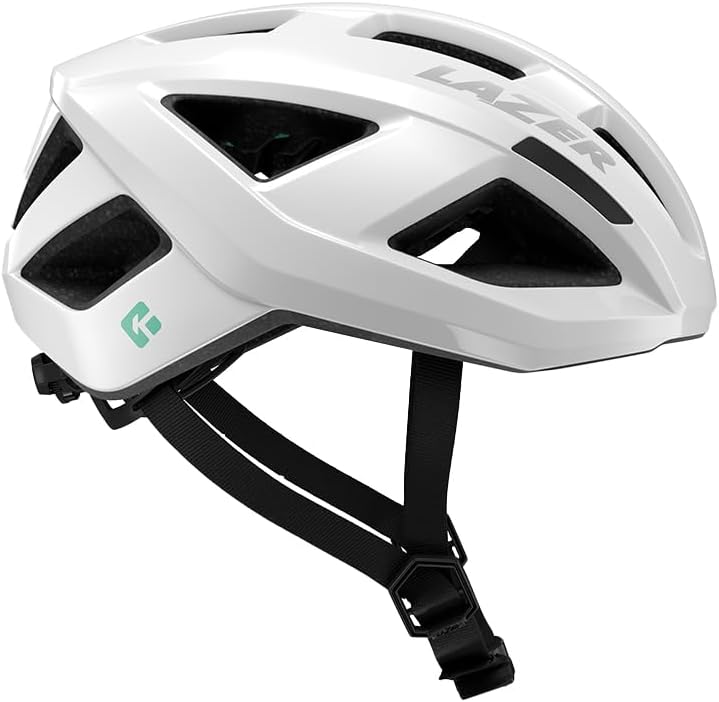
3.Bell Spark MIPS (favorite for mountain rides/ budget friendly )
The Lazer Bell Spark MIPS is a popular choice for trail riders seeking a balance between affordability, safety features, and comfort. Let’s delve into its pros and cons to help you decide if it’s the right helmet for you.
Pros:
- MIPS Protection: The MIPS system adds an extra layer of rotational impact protection, a valuable feature for off-road riding.
- Ventilation: Ample vents throughout the helmet keep your head cool on hot climbs and descents.
- Visor: The adjustable visor shields your eyes from sun, rain, and low-hanging branches.
- Comfortable Fit: The Ergo Fit system allows for easy one-handed adjustment for a secure and comfortable fit.
- Budget-Friendly: Compared to higher-end trail helmets, the Spark MIPS offers MIPS technology at a competitive price point.
Cons:
- Weight: While not the heaviest helmet, there are lighter options available, which some riders might prefer, especially for long rides.
- Coverage: Compared to some dedicated mountain bike helmets, the Spark MIPS offers slightly less overall head coverage. This might be a concern for riders tackling more technical trails.
- Limited Color Options: The color selection might be limited compared to other brands, which could be a factor for riders who prioritize aesthetics.
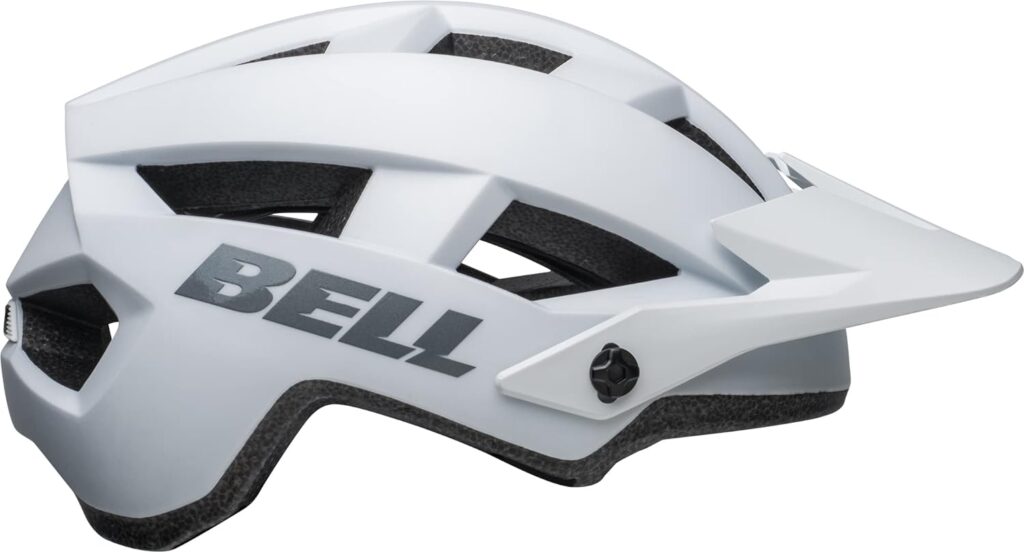
4. Lazer Lupo KinetiCore (very budget friendly)
The Lazer Lupo KinetiCore is a 2024 trail helmet that aims to deliver both safety and value. Let’s delve into its pros and cons to see if it’s the right one for you.
Pros:
- Top-Rated Safety: The Lupo boasts a 5-star Virginia Tech Helmet Lab rating, indicating excellent protection against impacts. Its in-house KinetiCore technology uses a crumple zone design to absorb impact forces.
- One-Size-Fits-Most: This can be a plus for riders with heads in the 55-61cm range. The Lazer TurnSys system allows for easy on-the-go adjustments for a secure fit.
- Glasses-Friendly: Ample space is incorporated for sunglasses, ensuring comfort on sunny rides.
- Winter Ready: The Lupo is compatible with a Lazer Winter Kit (sold separately) for added warmth on cold-weather adventures.
- Budget-Conscious: Compared to some high-end helmets, the Lupo is a more affordable option with excellent safety features.
Cons:
- Limited Size Option: The one-size-fits-most approach might not work for everyone. Riders with heads outside the 55-61cm range may struggle to find a secure fit.
- Limited Color Options: If variety is important to you, the Lupo’s color options might seem limited compared to some competitors.
- Basic Features: The Lupo prioritizes safety and value, so it lacks some features found in pricier helmets, like built-in lights or visors with advanced adjustment options.
- Potentially Bulky: While not excessively heavy, some riders report the Lupo feels slightly bulkier than some other helmets.
5. Specialized Echelon II (best value road helmet)
The Specialized Echelon II is a popular choice for road cyclists looking for a helmet that balances safety, comfort, and affordability. Here’s a closer look at its pros and cons to help you decide if it’s the right fit for you:
Pros:
- Comfort: The Echelon II shines in terms of comfort. It features a well-designed retention system with multiple adjustment points for a secure and customizable fit. The interior padding is comfortable and breathable.
- Ventilation: With 31 large air vents, the Echelon II keeps your head cool on even the hottest rides.
- Safety: The Echelon II comes standard with MIPS technology, which adds an extra layer of protection against rotational forces during a crash. It also meets all major safety certifications.
- Visibility: Reflective straps and decals on the back of the helmet help improve your visibility to motorists in low-light conditions.
- Price: Compared to some high-end helmets, the Echelon II offers MIPS protection at a more accessible price point.
Cons:
- Weight: While not excessively heavy, the Echelon II weighs slightly more than some top-tier road helmets. This can be a factor for riders who prioritize ultralight gear.
- Limited Adjustability for Straps: While the fit system is good overall, the straps themselves have minimal adjustability options. This might not be ideal for all head shapes.
- Not the Most Aero: If aerodynamics are your top concern, there are helmets on the market with a more streamlined design.
Conclusively, the best helmet is the one that fits you comfortably and you’ll wear consistently. Consider factors like ventilation, weight, and MIPS technology when making your choice. Hoping you did pick a point or two from this article , you can visit our blow for top gadget reviews and Tech updates here https://smartgadgetsreviews.com
